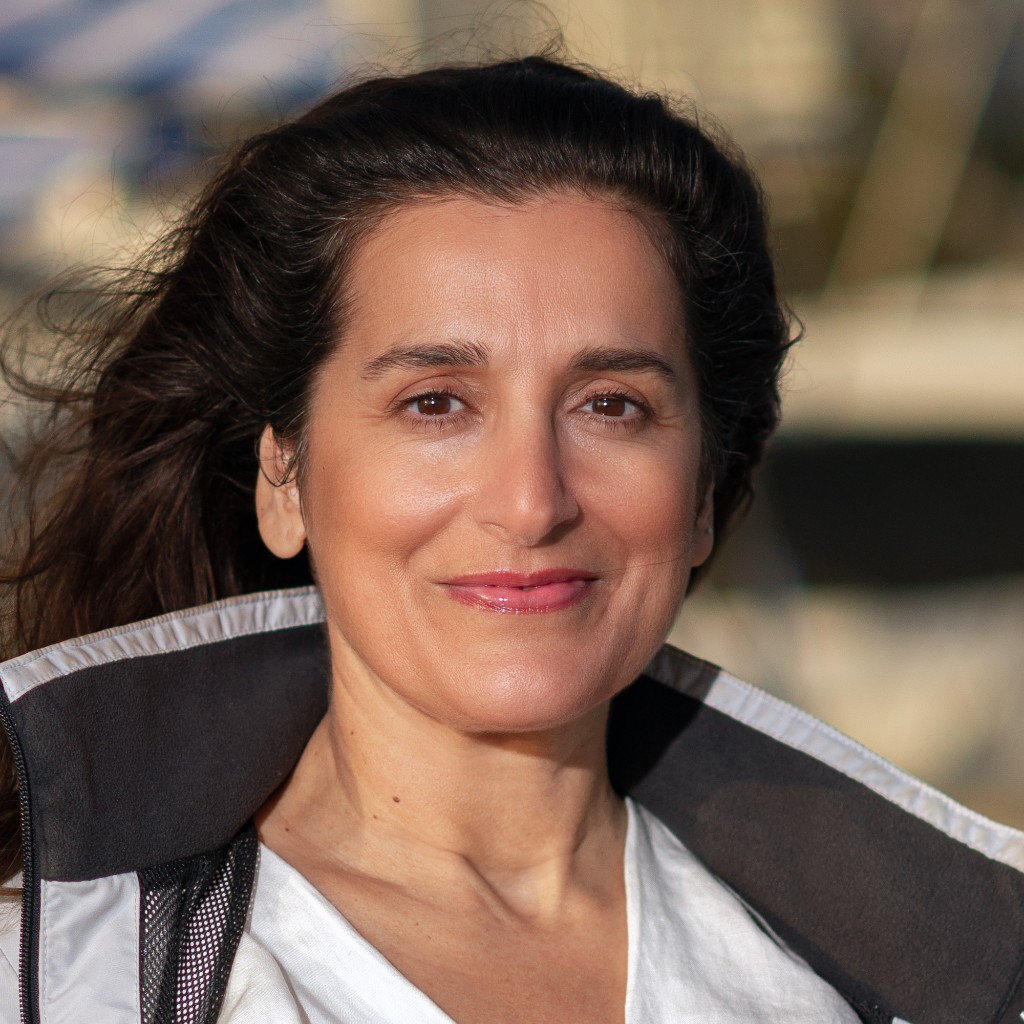
A first-of-its-kind sailboat with hydrogen-powered generators is about to set off on a transatlantic course to qualify for sailing’s toughest race. Its skipper thinks it has the potential to change the world.


A first-of-its-kind sailboat with hydrogen-powered generators is about to set off on a transatlantic course to qualify for sailing’s toughest race. Its skipper thinks it has the potential to change the world.
Over the next few weeks, a 60-foot sailboat will depart from France and sail across the Atlantic to Martinique and back, with generators powered by green hydrogen fuel cells. It’s no small stunt: Sailing with boats powered exclusively by renewable energy has never been done before in the elite world of modern sailboat racing.
And this is just the beginning.
The main event for the boat’s British skipper, Phil Sharp, is the 2024 Vendée Globe, a 45,000-kilometer, non-stop, solo race around the world. It’s such an intense elite race that fewer people have completed in it than have traveled in space. Ocean swells over 10 meters high toss around competitors like they’re toy sailboats and waves crash over their decks, all while their skippers sail with zero assistance from anyone other than generator-powered autopilot technology that keeps them on course while they sleep.
If you ask Sharp, that all makes the perfect testing ground for technology he hopes will revolutionize the maritime industry. The boat will experience “higher shock loads, higher heel angles, and higher humidity” than a passenger ferry, Sharp says. “So, it’s kind-of a worst-case test. It’s an extreme environmental test.”
Before he started competing in sailing races, Sharp was an engineer. He and his team hope that the successful completion of multiple upcoming races will give the maritime industry something to talk about, and start shifting toward greener tech. And as much as you hear about the dirty aviation industry, shipping can be just as bad. In 2019, the European Union figured that about 3.8 percent of its greenhouse gas emissions were from aviation, while its maritime industries contributed four percent.
Already, a ferry company in La Rochelle has expressed interest in adopting the technology, Sharp says. Theoretically, it should be easy to scale the application from a small, 60-foot boat to the entire industry. The green hydrogen fuel cell system he has on board to power the boat’s generators is modular, meaning a bigger vessel—such as a ferry, fishing boat, or container ship—would simply need to scale up.
“Success for us really looks like moving forward tangible, clean maritime projects, and giving people the confidence and tools and knowledge that they need to make positive change,” Sharp says.
***
Adventure.com strives to be a low-emissions publication, and we are working to reduce our carbon emissions where possible. Emissions generated by the movements of our staff and contributors are carbon offset through our parent company, Intrepid. You can visit our sustainability page and read our Contributor Impact Guidelines for more information. While we take our commitment to people and planet seriously, we acknowledge that we still have plenty of work to do, and we welcome all feedback and suggestions from our readers. You can contact us anytime at hello@adventure.com. Please allow up to one week for a response.

Kassondra Cloos is a travel journalist from Rhode Island living in London, and Adventure.com's news and gear writer. Her work focuses on slow travel, urban outdoor spaces and human-powered adventure. She has written about kayaking across Scotland, dog sledding in Sweden and road tripping around Mexico. Her latest work appears in The Guardian, Backpacker and Outside, and she is currently section-hiking the 2,795-mile England Coast Path.






Can't find what you're looking for? Try using these tags: